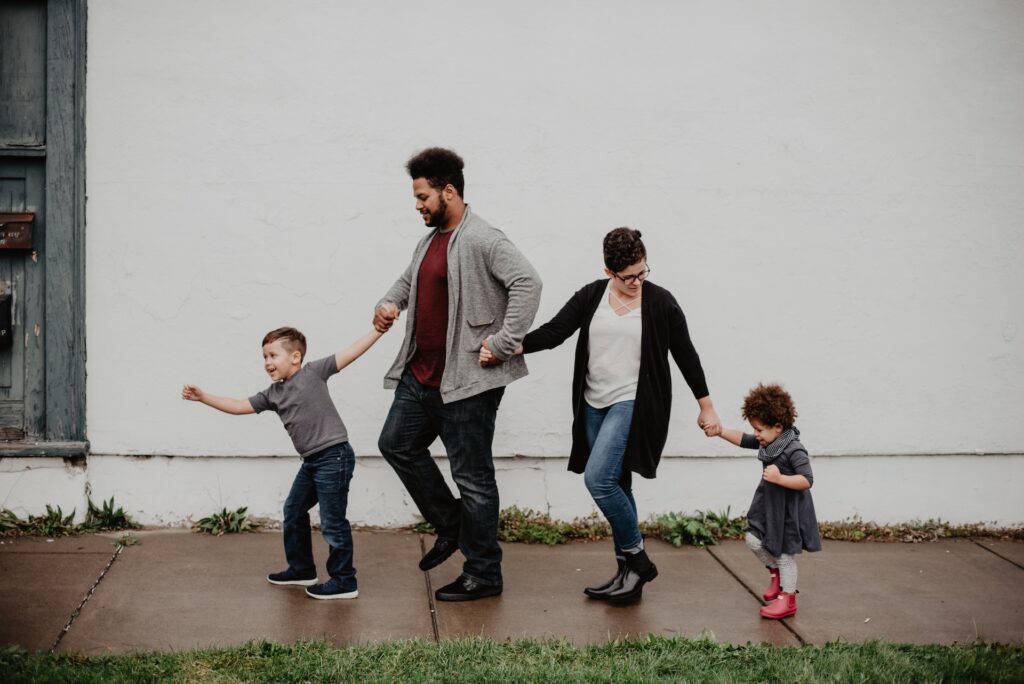Teaching your child good manners is an important part of human development. Manners help your child interact positively with others, show respect, and establish a positive impression. However, teaching manners to a child can be a challenge. Here are ten ways to teach your child manners effectively.
Table of Contents
Lead by Example:

Parents are the role models of their children .So, if you want to build good habits in life First groom yourself. Your child will pick up instantly what you do in front of them . For instance, say “Please” and “Thank you” when interacting with your child or spouse, and your child will eventually adopt these polite habits.
Use Positive Attitude:

Positive attitude can be a powerful tool to teach your child good manners. When your child shows good manners, appreciate them, and let them know that you are proud of them. This will make a spark in their behavior to make a habit .
Teach Empathy:
Teaching empathy can help your child understand the importance of kindness and politeness in your will to bring happiness in your life. Encourage your child to put themselves in some harsh conditions to learn how to solve the problem. For instance, if they see someone struggling with a heavy load, teach them to offer assistance.
Set Clear Expectations:
Children respond well to clear expectations, so it is essential to set guidelines for what is expected of them in terms of manners. For example, explain that it is polite to greet people when they enter the room or to say “Excuse me” when they need to interrupt someone.
Use Role-Playing:
Role-playing is an effective way to teach your child manners in a fun and interactive way. Use role-playing scenarios to help your child practice manners, such as pretending to be a server in a restaurant or a guest at a party. This can help your child build confidence and improve their social skills.
Encourage Thank You Notes:
To write thank you notes is an excellent way to reinforce good manners. Encourage your child to write a thank you note for gifts or acts of kindness they receive, and explain how this gesture shows appreciation and gratitude.
Practice Table Manners:
Table manners are an essential aspect of good manners. Teach your child to sit up straight, use utensils properly, and chew with their mouth closed. Encourage them to take small bites and wait to speak until they have swallowed their food.
Consistency:

Consistency is key when teaching your child good manners. Practice good manners in life and your child will begin to adopt these habits as their own.
Be Patient:
Teaching your child good manners takes time and patience. Don’t expect your child to master manners overnight. It may take several reminders and corrections before they start to develop good habits. Be patient and persistent in teaching good manners, and eventually, your child will learn to practice them automatically.
Reinforce Good Manners in Public:
Teaching good manners in public is crucial, as it sets a positive impression for your child’s behaviour. Reinforce good manners when you are out in public, such as waiting patiently in line or holding the door open for someone.
Teaching your child good manners is an essential part of parenting. It helps your child interact positively with others, show respect, and establish a positive impression. Using positive reinforcement, teaching empathy, and practising table manners are just a few effective ways to teach your child manners. Remember to lead by example, be consistent, and be patient in teaching good manners, and eventually, your child will develop these habits as their own.
It is important to keep in mind that teaching manners to your child is not a one-time task, but a continuous process. As your child grows and develops, they will encounter new situations that require good manners. It is essential to adapt your teaching strategies to meet these changing needs.
Moreover, it is also crucial to reinforce good manners consistently. This means praising your child for displaying good manners and correcting them when they forget to use them. Consistency helps your child understand that good manners are expected of them in all situations.
Another effective way to teach your child good manners is to make it fun. You can turn learning manners into a game or a fun activity. For instance, you can challenge your child to see who can hold the door open for the most people in a day or who can remember to say “Please” and “Thank you” the most times during a meal.
Ask your children what they think is polite or impolite behaviour and why. This helps your child develop a deeper understanding of why manners are important and helps them take ownership of their own behaviour.
Lastly, it is important to remember that teaching manners is not just about the words we use but also about our actions. We need to model good behaviour and manners in our daily interactions with others. By doing this we can teach our children good manners and it is not a one day process , it’s a prolonged practice
In conclusion, teaching manners to your child is a prolonged exercise, which gradually penetrates in your life. Use positive reinforcement, role-playing, and involving your child in discussions about manners to make learning manners a fun and interactive experience. Remember to model good behavior and manners in your daily interactions, and eventually, your child will develop good manners as a way of life.
